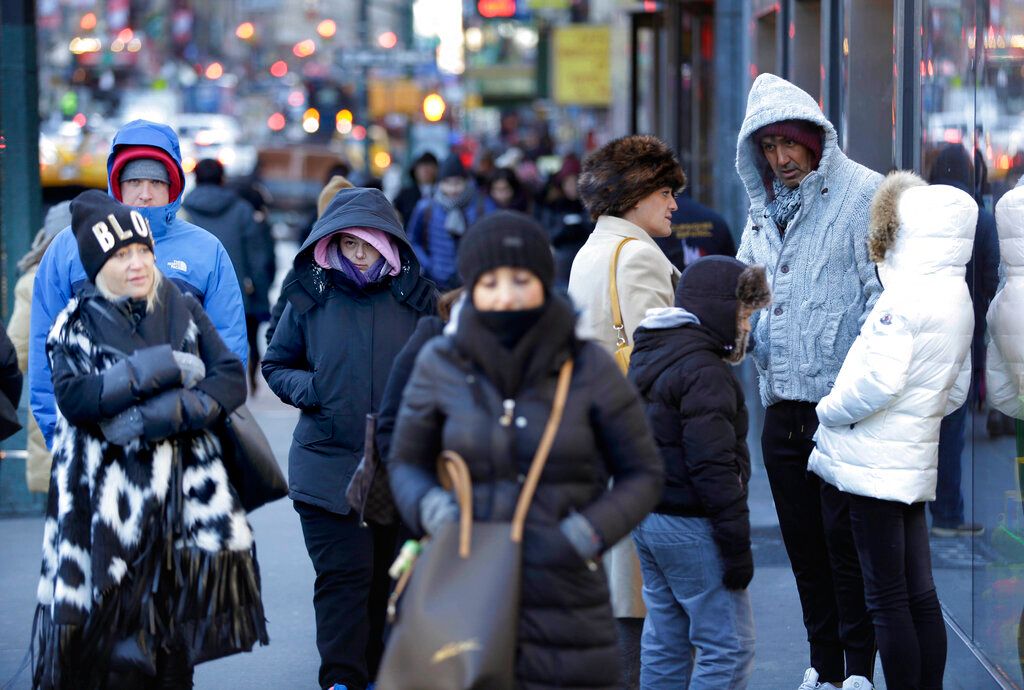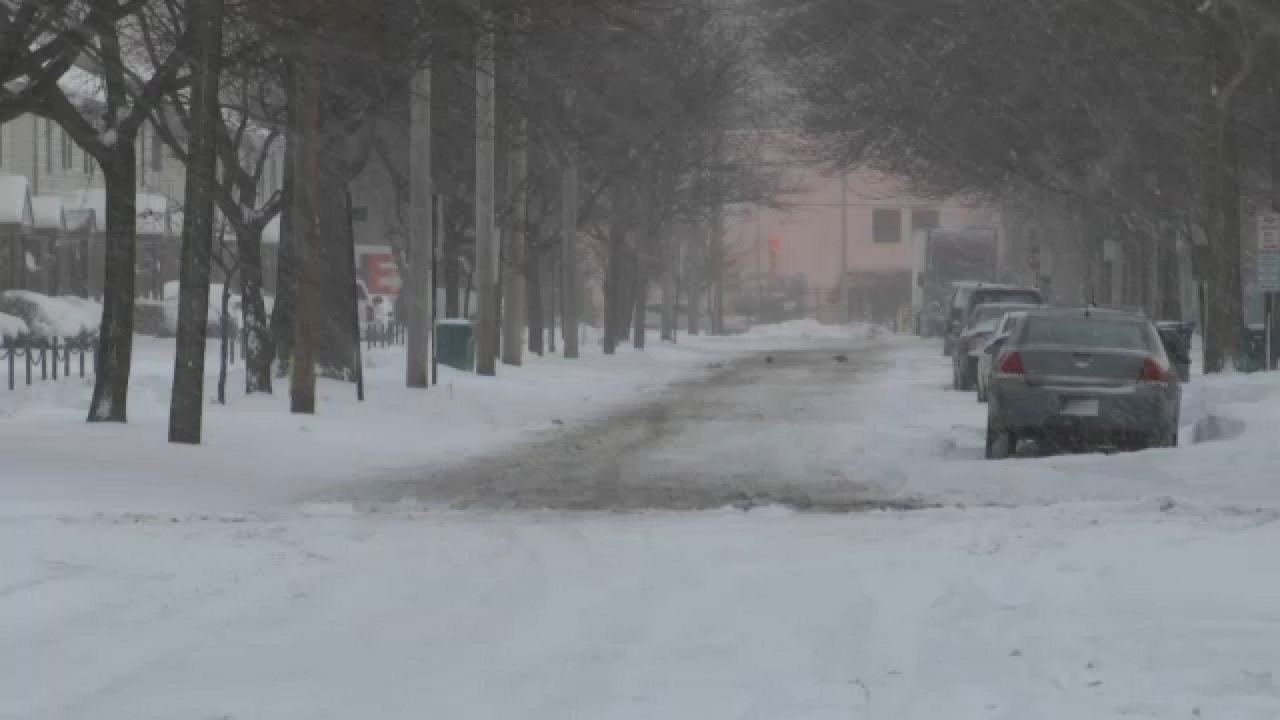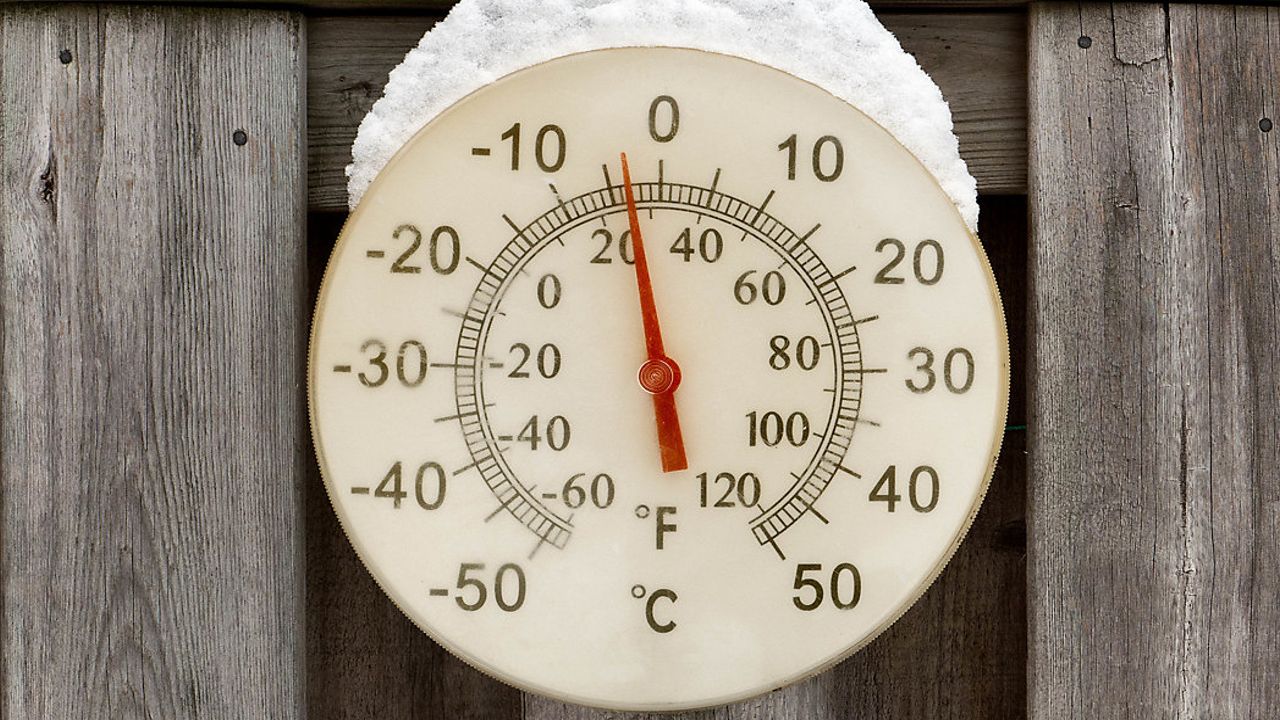An arctic blast is, once again, expected to impact the northern part of the country. After a brief warmup midweek, the chill returns for the weekend to areas including New England and the Upper Midwest as a series of disturbances bring the chance for snow.
While frigid temperatures in the winter in these locations aren’t that unusual, it’s the fact that the first half of winter has been quite mild.
The shock to the system may have people abandoning their cold-weather knowledge.
Here are some refreshers when it comes to the cold.
Pay attention to not just the temperature outside but also the wind chill. The wind chill is the “feels like” temperature, which takes into account the temperature and wind speed.
For example, the mercury may say 20 degrees, but with a 15 mph wind speed, it would feel more like 6 degrees.
Frostbite can occur on exposed skin in just 30 minutes in these conditions. The best way to prevent frostbite is to bundle up in layers.
Hydration also plays a part in how much heat our body can produce.

More extreme than frostbite is hypothermia. Our bodies have an average internal temperature of around 98.6 degrees, but when that internal temperature drops below 95 degrees, we become hypothermic.
Hypothermia occurs when our bodies lose heat faster than we can produce it, usually when exposed to very cold conditions for a prolonged time. Hypothermia kills 1000 to 1500 people per year.
Signs and symptoms may differ for an infant and an adult, but if you think someone is suffering from hypothermia, the best way to help them is to move them to a warmer place and seek medical attention quickly.

A snowstorm recently blanketed the I-95 corridor in Virginia, leaving motorists stranded on the highway for upwards of 24 hours, some without heat, food or even water.
Even if the snowflakes aren’t flying when you leave home, when you're traveling during the winter months, keep a winter survival kit in your car. That way, you're prepared if you ever find yourself stuck on a road in the cold.

We all know it’s important to layer up in the cold, but what about our furry friends?
How do we keep them safe when the mercury plummets? Domesticated animals should limit their time in the extreme cold, but if taking them outside, be sure to clean their paw pads once indoors to wash off the chemicals from salt or snowmelt.
If your pet will allow you, booties can also protect their paws, but if they don’t like the added layer, put some petroleum jelly on those paw pads.
Don’t forget, winter is not a time to shave your pet’s coat. That coat is there to keep your pet insulated.
We may continue to see temperature swings this winter, and the best way to handle it is to acclimate yourself to the cold weather so it’s not a shock each time it occurs.
Go outside and enjoy the elements mother nature provides.




